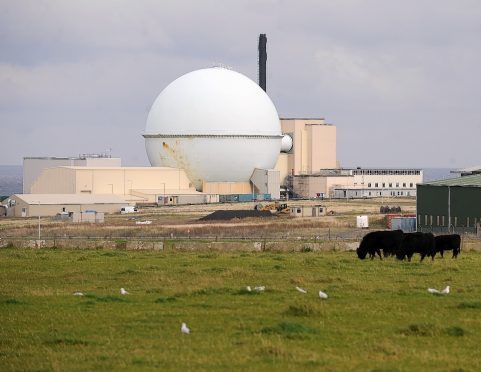The operators of Scotland’s national museum are being encouraged to rethink the way they portray the Dounreay nuclear site.
Members of the Dounreay Stakeholder Group (DSG) are furious over what it believes is the misrepresentation of the UK’s one-time hub of fast reactor research.
It is calling on the National Museums of Scotland to change the listing when the display is updated.
A panel in the Edinburgh museum focuses on the three reactors based at the Caithness plant.
It states: “Now at the end of their life, all three reactors are being decommissioned, leaving a legacy of pollution and controversy. The land will remain contaminated for 300 years.”
DSG – the site’s community liaison body – was alerted to the comment by a member who visited the museum in the summer.
Chairman Roger Saxon believes the listing is unfair, he said: “We would question that the end of the three reactors left a legacy of pollution and controversy.
“First of all, Dounreay was a research and development site and hence proved the fast reactor technology cycle.
“While we understand that some events during the years of research did lead to some levels of contamination on the site and in the locality, this has been dealt with in an open and transparent manner with substantial funding spent to clean up the environment.”
The retired Dounreay employee also mentioned how the listing also wrongly implies that the legacy pollution has resulted in the land remaining contaminated for 300 years.
He claims the reference is biased and fails to mention the site’s highly skilled workforce and the benefits the area has derived from having Dounreay.
“Those people worked with acceptable risks and the decision to host the site in Caithness was with a community who weighed up the economic prosperity against such risks.”
A spokeswoman for National Museums Scotland said it is keen to draw on DSG’s expertise in promoting its collection relating to Dounreay.
She said: “DSG recently contacted us with comments about the text on one of the panels, and to request that we consider these comments when this panel is next updated.
“We have agreed that we would draw on their expertise when we refresh the panel.
“They also raised queries about our interpretation of the site’s legacy and we highlighted the additional display of Dounreay material in our science and technology galleries, which gives a full picture of the site’s legacy, including social, economic and academic factors.”
